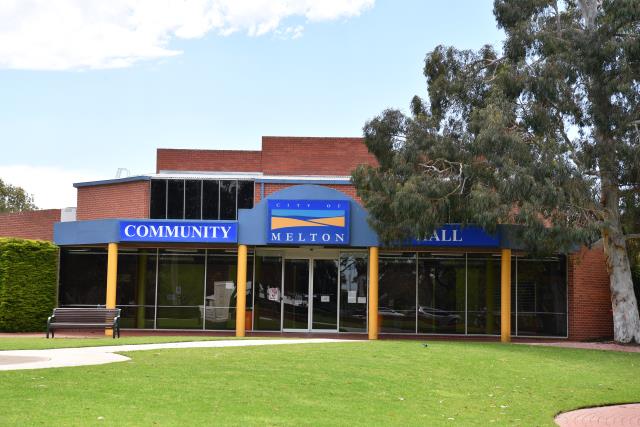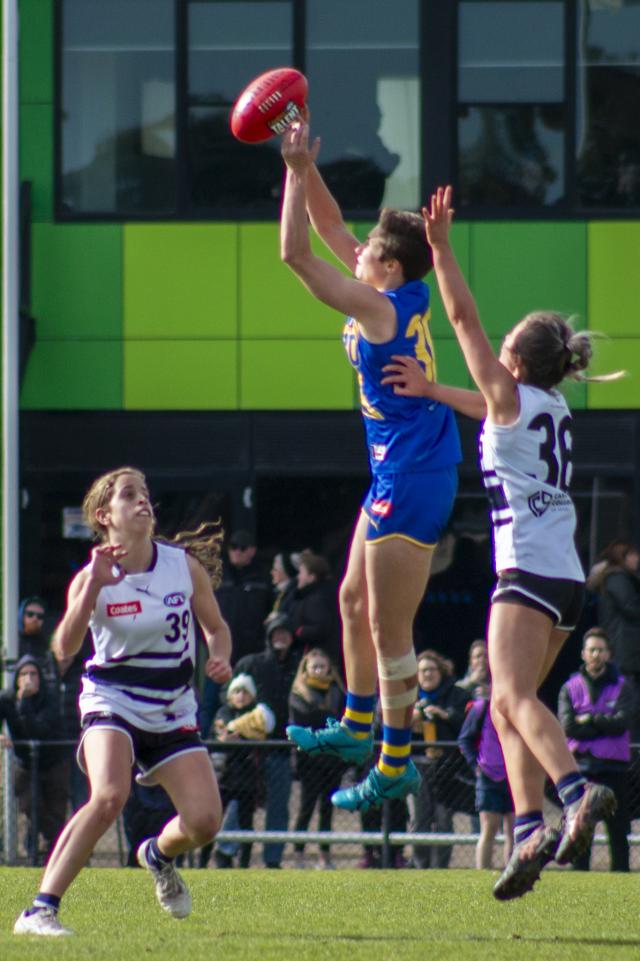Beam’s e-scooters have travelled about the distance it takes to drive from Melton to Townsville in their first month of operation within the municipality.
On September 12, 150 of Beam’s e-scooters hit the streets of Melton and since then more than 2,400 kilometres spanning 300 hours has been ridden during the first month of shared e-scooter operations in Melton.
Beam is a service that allows users to ride its electric scooters for a fee within the municipality through the use of a phone app.
Beam’s Victoria operations manager Ned Dale said the first month of shared e-scooter operations in Melton shows huge potential for shared micro mobility to provide transport connections to residents and visitors in Melton, and replace trips that would otherwise be taken in a car.
“The vast majority of riders are doing the right thing, and we’re pleased to see riders engaging with our Beam Safe Academy and following the rules,” he said.
“However, our three-strikes policy is in place and riders face suspension and permanent bans for bad riding and parking offences.
“We want riders to know that riding and parking safely is their responsibility, and that our team is out there enforcing the rules.”
While Beam is trying to enforce proper parking within the municipality, one user, Shamus Treadwell, had an issue with the parking system.
“When it comes to the Beam scooters they have two issues, their map is very limited and having to park in designated areas makes them pretty much useless,” he said.
“They need to take a lesson from Lime scooters and have it so you can park anywhere within the map. Until then they’re just junk on the footpath.”
In an Australian first, the fleet of e-scooters was fitted with AI “Pedestrian Shield” technology, with the e-scooters able to detect and correct illegal footpath riding by slowing the vehicle down, accompanied by verbal warnings.
As part of an Australian-first study to determine the best way to influence e-scooter rider behaviour, Beam and Drover will utilise a unique three-group testing approach, evaluating the effectiveness of differing real-time rider feedback in influencing rider behaviour.
Fifty e-scooters have full Pedestrian Shield technology, featuring both audio alerts and real-time speed adjustments on footpaths, delivering a warning about illegal footpath riding and slowing the e-scooter down.
Another 50 e-scooters have partial Pedestrian Shield technology, delivering audio alerts only should the rider attempt to ride on the footpath, but with no speed change.
The final 50 e-scooters serve as the control group, with the technology detecting rider interaction with differing road surfaces but delivering no real-time feedback.
Beam’s standard rider enforcement and education program will be in place across all 150 e-scooters.
The objective of the trial will be to gather empirical data showcasing the efficacy of the additional technology in rider education and enforcement, and observe the impact on rider compliance.







